


Kiyoshi Iwata was born in July 1953 as the third son of a family of four sons and a daughter. He grew up in Hongo, a small village deep in the mountains, where he had to walk over an hour to get to school.
Kiyoshi’s farther, Kanefumi Iwata, was a head carpenter, and went to work in Hiroshima city away from home.
Kanefumi was strict and told Kiyoshi not to do the same things as other children, and instead made him help with the housework from childhood, and then help with Kanefumi’s work when he grew up.
At the age of 18, Kiyoshi, who was working in the steel industry and studying steel technology, changed his job and started working at a woodworking company called “Hiroshima Mokkou”. This company specialized in lathe processing, and since Kiyoshi was familiar with wood from his childhood and had been studying steel technology to make blades, he learned the company’s work very quickly. After a few years, he was promoted to factory manager.
At this company, he discovered Kumano brushes, which would later become his life’s work. A few years later, the president of Hiroshima Mokkou suggested that he become independent, and Kiyoshi decided to start up his own business in 1991.

Kiyoshi Iwata was born in July 1953 as the third son of a family of four sons and a daughter. He grew up in Hongo, a small village deep in the mountains, where he had to walk over an hour to get to school.
Kiyoshi’s farther, Kanefumi Iwata, was a head carpenter, and went to work in Hiroshima city away from home.
Kanefumi was strict and told Kiyoshi not to do the same things as other children, and instead made him help with the housework from childhood, and then help with Kanefumi’s work when he grew up.
At the age of 18, Kiyoshi, who was working in the steel industry and studying steel technology, changed his job and started working at a woodworking company called “Hiroshima Mokkou”. This company specialized in lathe processing, and since Kiyoshi was familiar with wood from his childhood and had been studying steel technology to make blades, he learned the company’s work very quickly. After a few years, he was promoted to factory manager.
At this company, he discovered Kumano brushes, which would later become his life’s work. A few years later, the president of Hiroshima Mokkou suggested that he become independent, and Kiyoshi decided to start up his own business in 1991.
Kiyoshi’s new factory, “Iwata Mokkou”, was established in February 1992. But the road to its foundation was far from smooth.
At first, he struggled to find land that met the conditions for the factory, and the place he finally found was a site which had been used as a poultry farm. The place gave out a bad smell, and it was difficult to use it as a factory as it was, so he had to dismantle it all by himself.
He fully applied the knowledge and skills that he had acquired since childhood, and he designed and built the factory by himself. It was, of course, not easy work to do, but every time a problem occurred, he thought about it and worked it out. For instance, when the cost of metal pillars exceeded the budget, he asked a power company and took over used power poles for his factory’s pillars. He also inherited an incinerator from a closed factory and obtained pipe ducts by dismantling them himself at the closed factory. About four months later, the construction was completed.


Kiyoshi’s new factory, “Iwata Mokkou”, was established in February 1992. But the road to its foundation was far from smooth.
At first, he struggled to find land that met the conditions for the factory, and the place he finally found was a site which had been used as a poultry farm. The place gave out a bad smell, and it was difficult to use it as a factory as it was, so he had to dismantle it all by himself.
He fully applied the knowledge and skills that he had acquired since childhood, and he designed and built the factory by himself. It was, of course, not easy work to do, but every time a problem occurred, he thought about it and worked it out. For instance, when the cost of metal pillars exceeded the budget, he asked a power company and took over used power poles for his factory’s pillars. He also inherited an incinerator from a closed factory and obtained pipe ducts by dismantling them himself at the closed factory. About four months later, the construction was completed.
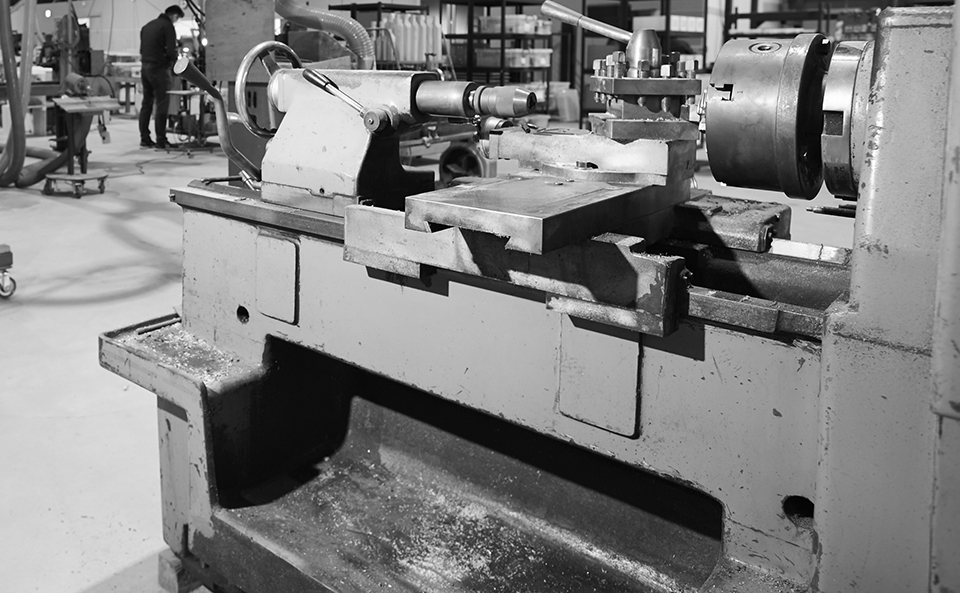
Kiyoshi and Sachie had a daughter and two sons.
Their first son, Kazuma, was 9 years old when Kiyoshi started his own business. Kazuma also helped with the dismantling and construction of the factory and, with his brother Yuma, was involved in his father’s business since its establishment.
Since Kazuma was the eldest son, Kiyoshi educated him strictly, and with the help of his competitive and stubborn personality, he became a fully-fledged craftsman during junior high school.
In the same period, the second son Yuma was also learning about woodwork though helping his father’s work.

Kiyoshi and Sachie had a daughter and two sons.
Their first son, Kazuma, was 9 years old when Kiyoshi started his own business. Kazuma also helped with the dismantling and construction of the factory and, with his brother Yuma, was involved in his father’s business since its establishment.
Since Kazuma was the eldest son, Kiyoshi educated him strictly, and with the help of his competitive and stubborn personality, he became a fully-fledged craftsman during junior high school.
In the same period, the second son Yuma was also learning about woodwork though helping his father’s work.
In 1992, Iwata Mokkou started manufacturing the handles of Kumano Calligraphy Brushes.
At that time, “Kumano brushes” were valuable brushes among calligraphy brushes and had a long history as a Japanese traditional craft. The demand for them was also high because there were many elementary school students who were learning calligraphy, and the number of calligraphers was also high. On top of that, Kiyoshi was fascinated with lathe processing and found the way to express himself in a calligraphy brush.
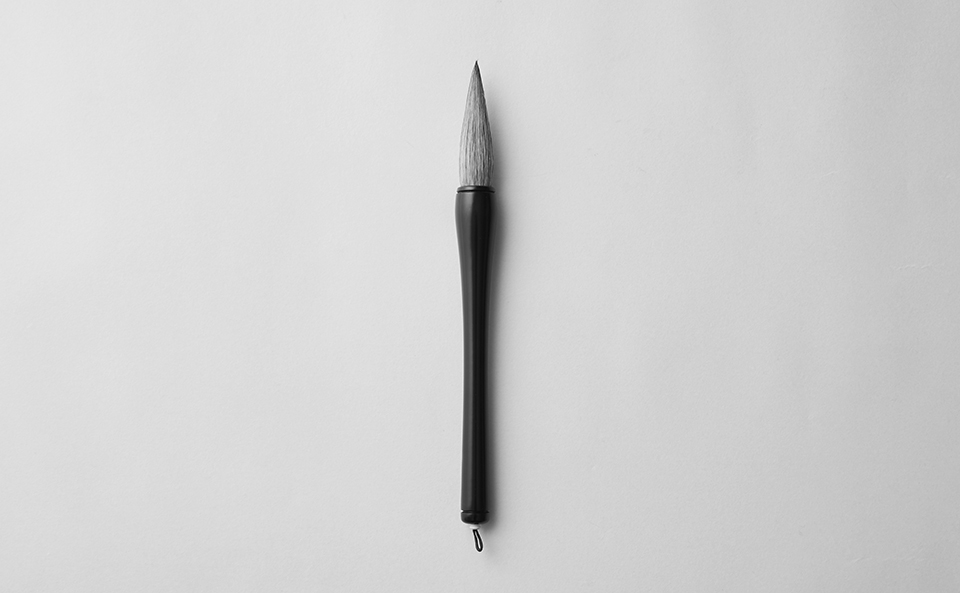

In 1992, Iwata Mokkou started manufacturing the handles of Kumano Calligraphy Brushes.
At that time, “Kumano brushes” were valuable brushes among calligraphy brushes and had a long history as a Japanese traditional craft. The demand for them was also high because there were many elementary school students who were learning calligraphy, and the number of calligraphers was also high. On top of that, Kiyoshi was fascinated with lathe processing and found the way to express himself in a calligraphy brush.

In 2004, began manufacturing Kendama
At that time, the precision of Kendama was not high, but Iwata Mokkou wanted to pursue usability for players. They began manufacturing “Mugen” with a new concept that focused on the precision of ±0.2mm, the fineness of surface polishing, and the beauty of mirror finish painting. Every single top winner of the competitions was using Mugen at that time, and Mugen acquired support from a lot of players.

In 2004, began manufacturing Kendama
At that time, the precision of Kendama was not high, but Iwata Mokkou wanted to pursue usability for players. They began manufacturing “Mugen” with a new concept that focused on the precision of ±0.2mm, the fineness of surface polishing, and the beauty of mirror finish painting. Every single top winner of the competitions was using Mugen at that time, and Mugen acquired support from a lot of players.
In 2008, began manufacturing makeup brushes
The Kumano Brush industry started to focus on makeup brushes, and Iwata Mokkou also began to receive requests to manufacture handles for makeup brushes. Also, around this time, the tendency of using amino paint gradually started to change to urethane paint. Since Iwata Mokkou already had high level urethane painting techniques that we acquired though Kendama manufacturing, we applied the same techniques to makeup brushes, adding to their beauty by using pearl and metallic colors. By doing so, we tried to differentiate ourselves from other companies.


In 2008, began manufacturing makeup brushes
The Kumano Brush industry started to focus on makeup brushes, and Iwata Mokkou also began to receive requests to manufacture handles for makeup brushes. Also, around this time, the tendency of using amino paint gradually started to change to urethane paint. Since Iwata Mokkou already had high level urethane painting techniques that we acquired though Kendama manufacturing, we applied the same techniques to makeup brushes, adding to their beauty by using pearl and metallic colors. By doing so, we tried to differentiate ourselves from other companies.
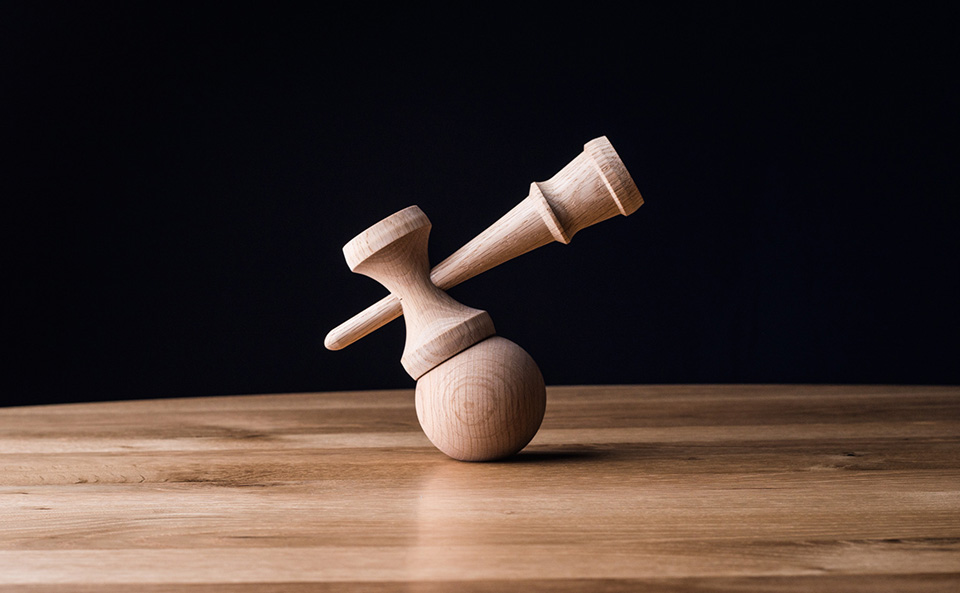
After the manufacturing of Mugen ended in 2009, it became popular especially among players overseas and Mugen began to be called the legendary Kendama. Some of them were sold at over 50 times their original prices in online auctions at that time. A lot of players started to look for beautiful Kendamas with high accuracy to improve their tricks, and lots of domestic and overseas players desired the reproduction of the legendary Kendama, “Mugen”. All these voices brought us back into the Kendama industry and we restarted manufacturing in 2012. However, we did not just remake our previous Kendama. We established a new brand called “MUGEN MUSOU”, applying new techniques like replaceable tips and improved the functionality for play and proposed new possibilities that had never been conducted before.

After the manufacturing of Mugen ended in 2009, it became popular especially among players overseas and Mugen began to be called the legendary Kendama. Some of them were sold at over 50 times their original prices in online auctions at that time. A lot of players started to look for beautiful Kendamas with high accuracy to improve their tricks, and lots of domestic and overseas players desired the reproduction of the legendary Kendama, “Mugen”. All these voices brought us back into the Kendama industry and we restarted manufacturing in 2012. However, we did not just remake our previous Kendama. We established a new brand called “MUGEN MUSOU”, applying new techniques like replaceable tips and improved the functionality for play and proposed new possibilities that had never been conducted before.
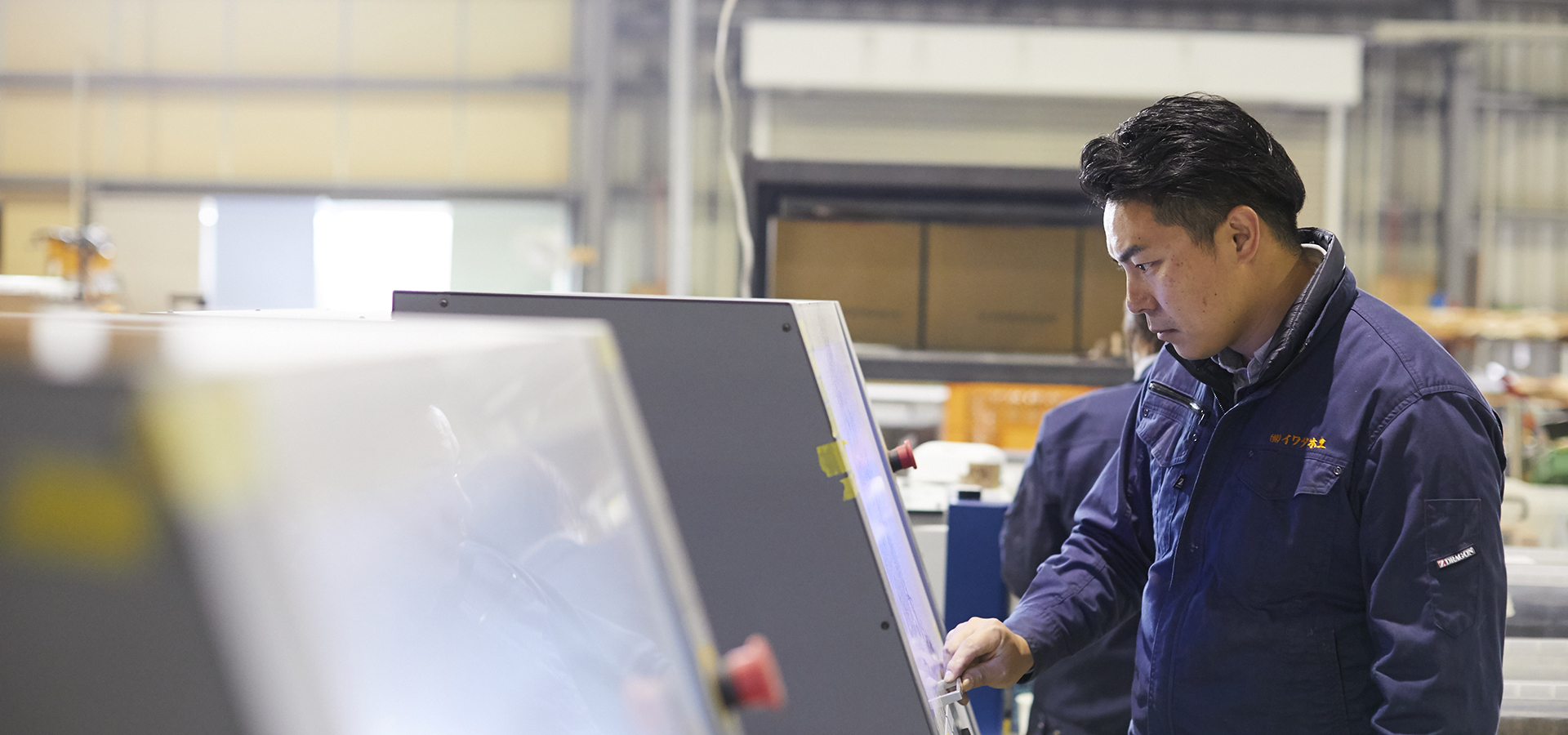
In 2014, establishment of Iwata Co., Ltd.
At the time of the founding of Iwata Mokkou, it carried out two main works. However, after both sons joined the company and started to manufacture Kendamas and makeup brushes, the number of items and sales grew steadily, and the number of employees also increased to eight. For this reason, the office was dismantled to install a new machine, but the size of the factory was not big enough to safely conduct the work. As the demand from the customers grew, we decided to establish “Iwata Co., Ltd.” with Kazuma as president, and a new factory was built.


In 2014, establishment of Iwata Co., Ltd.
At the time of the founding of Iwata Mokkou, it carried out two main works. However, after both sons joined the company and started to manufacture Kendamas and makeup brushes, the number of items and sales grew steadily, and the number of employees also increased to eight. For this reason, the office was dismantled to install a new machine, but the size of the factory was not big enough to safely conduct the work. As the demand from the customers grew, we decided to establish “Iwata Co., Ltd.” with Kazuma as president, and a new factory was built.
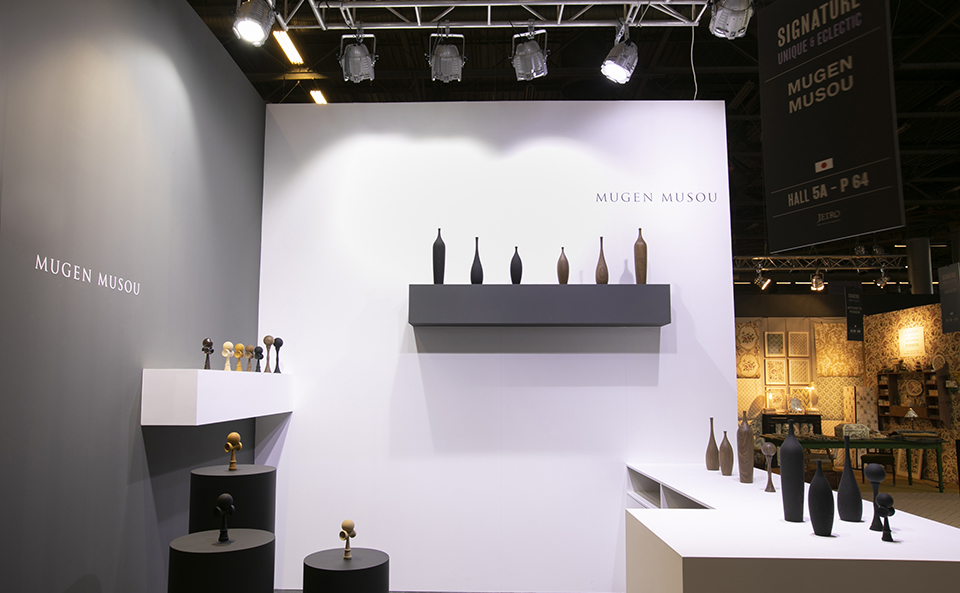
In 2017, we exhibited at the Maison & Objet in Paris for the first time
Since the period of Iwata Mokkou, we have been introducing Kendama to overseas players, and we decided to exhibit at the world’s top interior and design related trade show called “Maison & Objet Paris” to improve the value of Kendama and wooden products.
At the 2017 exhibition, we released “Mugen musou objet d’art” with the new concept of “playable objet d’art”. Since then, we have been introducing interior objets in addition to Kendama and transmitting our cultivated technologies to the world.

In 2017, we exhibited at the Maison & Objet in Paris for the first time
Since the period of Iwata Mokkou, we have been introducing Kendama to overseas players, and we decided to exhibit at the world’s top interior and design related trade show called “Maison & Objet Paris” to improve the value of Kendama and wooden products.
At the 2017 exhibition, we released “Mugen musou objet d’art” with the new concept of “playable objet d’art”. Since then, we have been introducing interior objets in addition to Kendama and transmitting our cultivated technologies to the world.